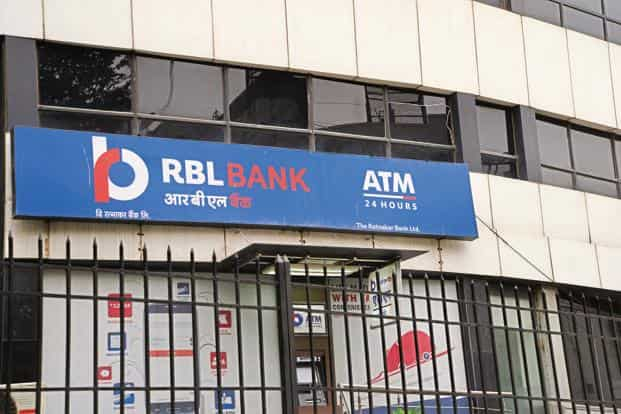Recent Trends in RBL Bank Share Price

Introduction
RBL Bank, one of the leading private sector banks in India, has been a focal point for investors and market analysts due to its consistent performance and strategic initiatives. The share price of RBL Bank is essential not only for current investors but also for those looking to invest in the banking sector. Understanding the fluctuations in its share price can provide valuable insights into the overall health of the bank and its future growth prospects.
Current Share Price Performance
As of October 2023, RBL Bank’s share price has shown significant volatility. After a steady increase in the first half of the year, the share price faced a downturn in August, influenced by macroeconomic factors and regulatory changes within the banking sector. As per the recent trading sessions, as of October 27, 2023, RBL Bank’s shares are trading at approximately ₹180. This reflects a decline of approximately 8% from its previous month high of ₹196.
Factors Influencing Share Price
Several factors have contributed to the current share price dynamics for RBL Bank. Firstly, the bank’s quarterly results reported a mixed performance, with a notable increase in net profits but also a rise in non-performing assets (NPAs), which raised concerns among investors. Moreover, global economic conditions, including rising interest rates and inflationary pressures, continue to impact the banking sector’s profitability.
Additionally, RBL Bank’s strategic initiatives, such as digital banking enhancements and partnerships with fintech companies, aim to diversify revenue streams and attract a younger customer base, which could positively affect future share price performance.
Market Sentiment and Analyst Recommendations
Market analysts remain cautiously optimistic about RBL Bank’s long-term growth trajectory despite the recent fluctuations in share price. A survey conducted by leading financial institutions suggests that while some analysts recommend holding the current shares, others advocate buying on dips given the bank’s strong fundamentals. Recommendations vary, but the consensus is that RBL Bank’s commitment to improving asset quality and expanding its service offerings positions it well for future growth.
Conclusion
In conclusion, RBL Bank’s share price movements encapsulate the broader banking sector’s complexity amidst changing economic scenarios. For potential investors, monitoring these trends alongside the bank’s performance indicators can provide valuable insights. As RBL Bank continues to navigate the challenges and opportunities in a dynamic financial landscape, its share price will remain a critical point of interest for investors and market watchers alike.









